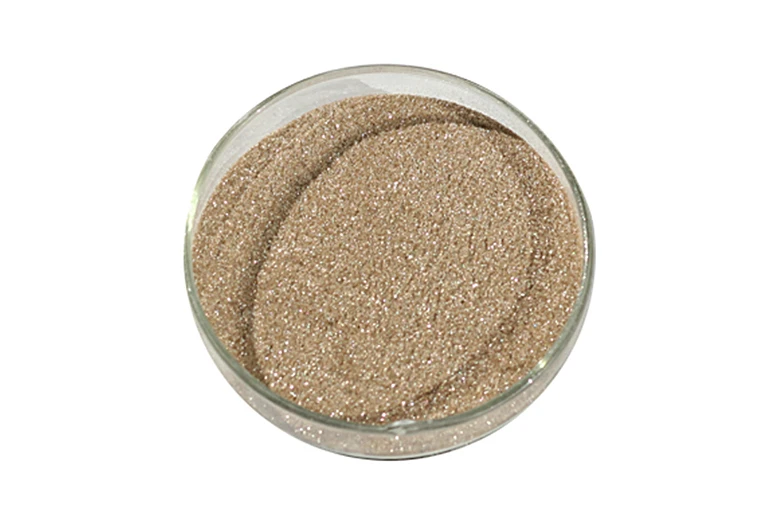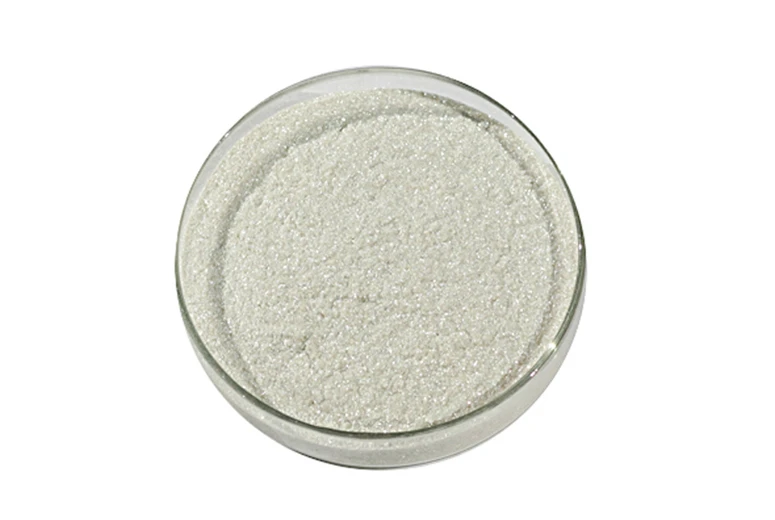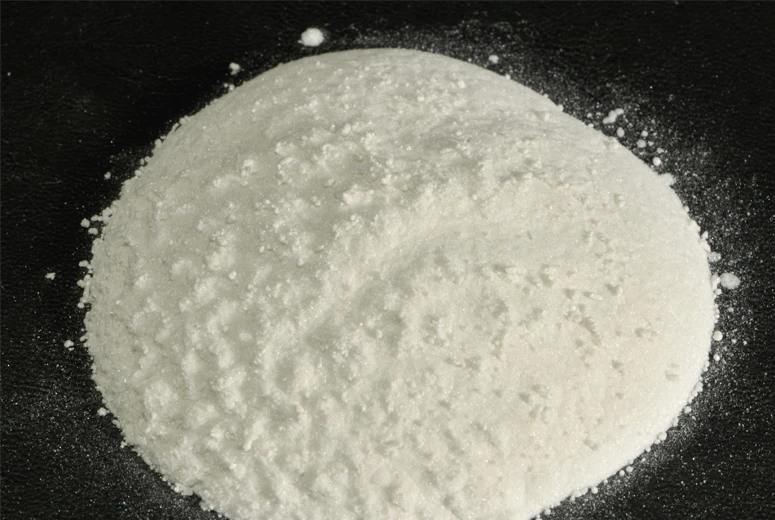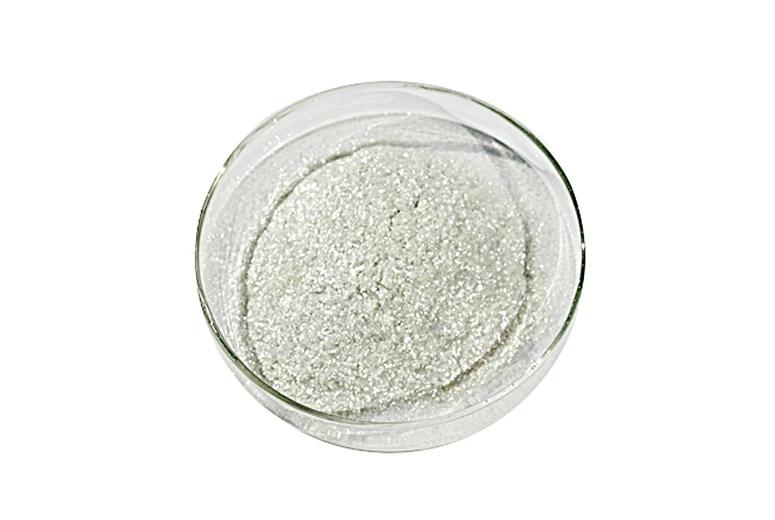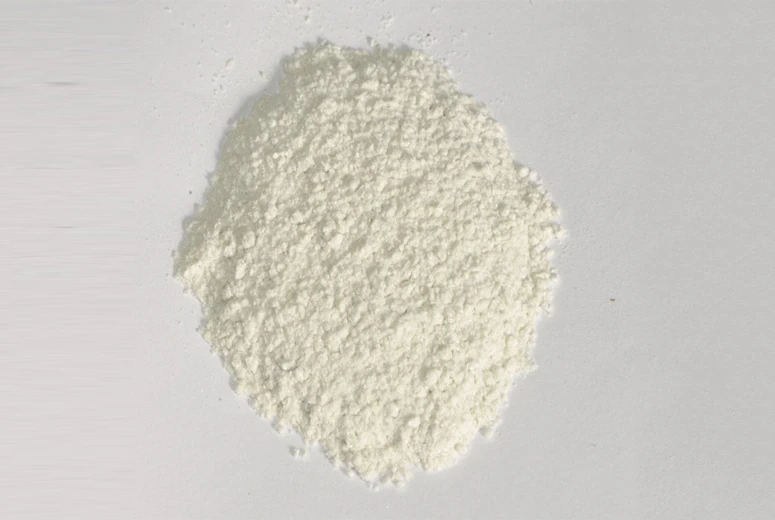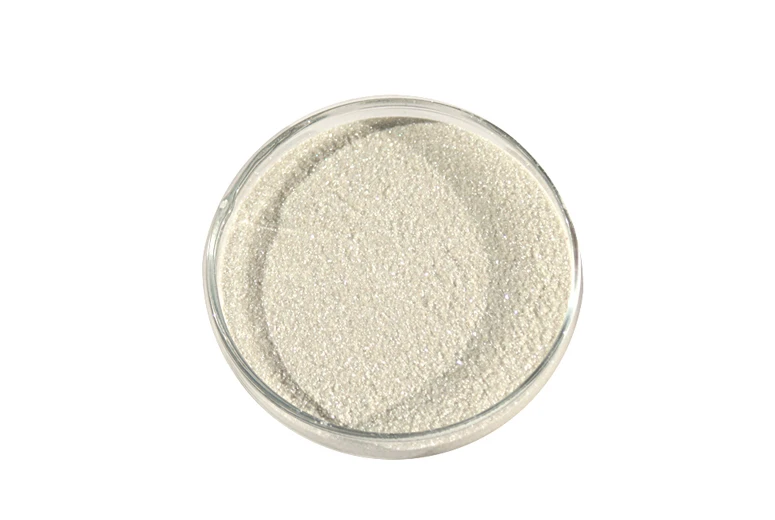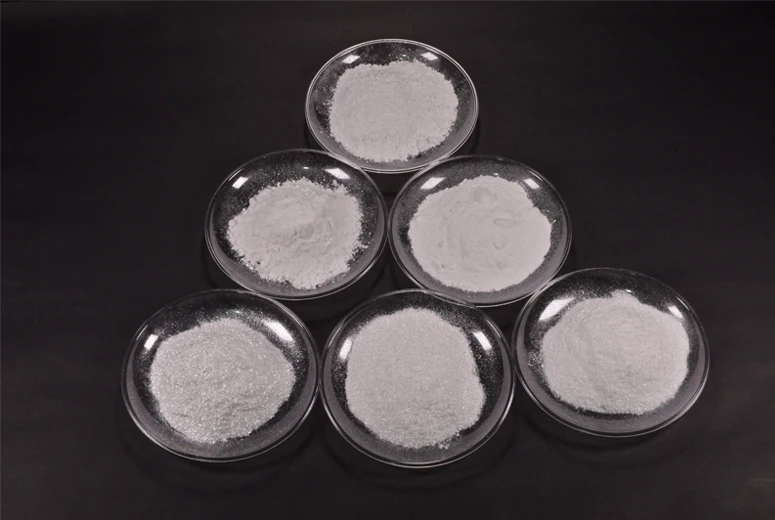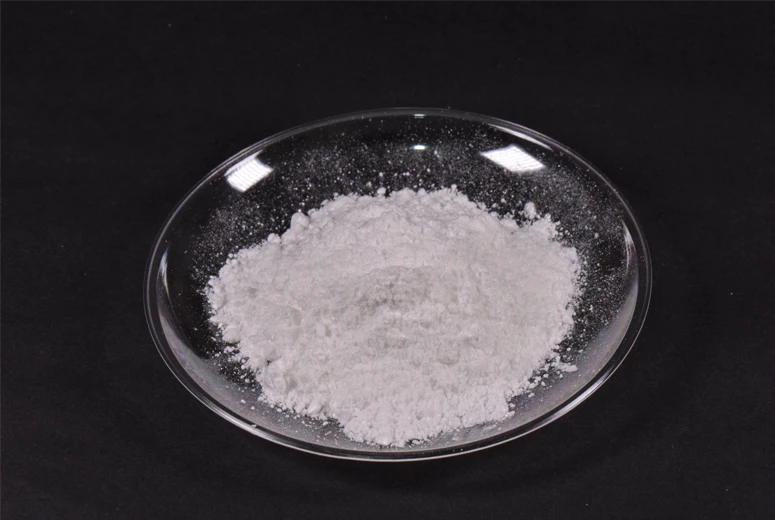China Synthetic Mica Powder Eco-Friendly & High-Quality Solution
- Overview of synthetic mica powder
- Technical advantages over natural mica
- Market dominance of Chinese manufacturers
- Key parameters for material selection
- Customization strategies for industrial applications
- Performance comparison across suppliers
- Implementation success stories
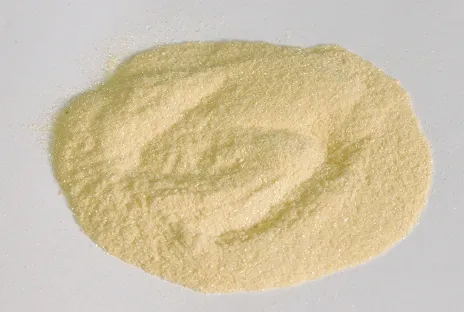
(what is synthetic mica powder)
Understanding Synthetic Mica Powder
Synthetic mica powder, a lab-engineered silicate mineral, has revolutionized multiple industries with its 99.5% purity rate compared to natural mica's 92-95%. This engineered material eliminates natural impurities while maintaining crucial characteristics like thermal stability (up to 1200°C) and electrical resistance (1014-1015 Ω·cm).
Technical Superiority in Material Science
Modern production techniques enable precise control over particle morphology:
- Thickness: 0.1-2 μm (vs. 5-50 μm in natural variants)
- Aspect ratio: 100:1 (compared to 20:1 in mined mica)
- Batch consistency: ±3% variance (natural mica shows 15-20% fluctuations)
Advanced surface treatments enhance compatibility with polymers (85% adhesion improvement) and cosmetic formulations (40% opacity increase).
Manufacturing Landscape Analysis
China accounts for 78% of global synthetic mica production (2023 IMFA data). Top-tier manufacturers employ:
| Parameter | Supplier A | Supplier B | Supplier C |
|---|---|---|---|
| Purity (%) | 99.8 | 99.5 | 99.6 |
| Particle Range (μm) | 5-150 | 2-200 | 10-300 |
| Heat Resistance (°C) | 1100 | 1150 | 1200 |
| Certifications | REACH, FDA | ISO 9001 | RoHS |
Precision Engineering Solutions
Customization protocols address specific industrial requirements:
- Automotive coatings: 15-25 μm flakes with 80° gloss retention
- Electronic substrates: 99.99% purity, 0.5-5 μm particles
- Cosmetic grades: 45° angle light reflection, 98% transparency
Performance Benchmarking
Third-party testing reveals critical differentiators:
| Characteristic | Natural Mica | Synthetic Standard | Premium Grade |
|---|---|---|---|
| Iron Content (ppm) | 1200-1800 | ≤300 | ≤50 |
| Dielectric Strength (kV/mm) | 15-20 | 25-30 | 35-40 |
| Thermal Conductivity (W/m·K) | 0.5-0.7 | 0.8-1.2 | 1.5-2.0 |
Industrial Application Evidence
Aerospace composite trials showed:
- 23% weight reduction vs. traditional fillers
- 40% improvement in flame retardancy (UL94 V-0 rating)
- 15% cost savings over 5-year maintenance cycles
Strategic Advantages of Synthetic Mica Powder
Chinese manufacturers now deliver 72-hour lead times for custom orders, compared to 8-10 weeks from European suppliers. This operational efficiency, combined with R&D investments exceeding 12% of annual revenue, positions synthetic mica as the material of choice for next-generation industrial solutions.
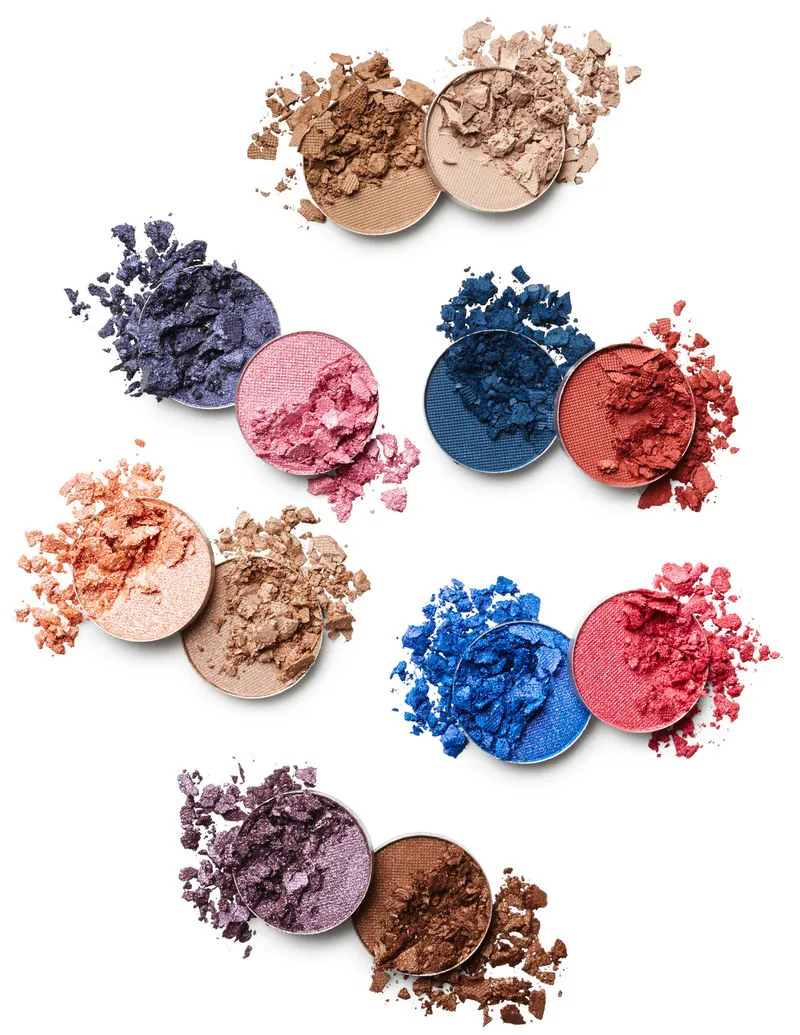
(what is synthetic mica powder)
FAQS on what is synthetic mica powder
Q: What is synthetic mica powder?
A: Synthetic mica powder is a lab-created mineral substitute for natural mica, composed of fluorophlogopite. It offers superior heat resistance, chemical stability, and purity. It’s widely used in cosmetics, coatings, and electronics.
Q: How is synthetic mica powder different from natural mica?
A: Synthetic mica powder is free from natural impurities like heavy metals, making it safer for cosmetics. It has a more uniform particle structure and enhanced durability. Production is also more environmentally controlled.
Q: Why is China a major producer of synthetic mica powder?
A: China dominates synthetic mica powder production due to advanced manufacturing technology and cost-efficient resources. The country supplies high-quality variants for global industries like automotive and beauty. Strict quality standards ensure competitive global pricing.
Q: What industries use synthetic mica powder?
A: Synthetic mica powder is used in cosmetics for shimmer effects, electronics as insulation, and automotive coatings for durability. Its heat resistance also makes it ideal for industrial applications. The versatility drives demand across sectors.
Q: Is synthetic mica powder safe for cosmetic use?
A: Yes, synthetic mica powder is non-toxic and hypoallergenic, meeting global cosmetic safety standards. It avoids contaminants found in natural mica, reducing skin irritation risks. Manufacturers often prioritize it for premium beauty products.
-
Transforming Surfaces with Mica-Enhanced Paints in Coatings and DecorationNewsJul.02,2025
-
The Ultimate Guide to Mica-Based Luminous Colors with Pearlescent PigmentNewsJul.02,2025
-
The Critical Role of Mica in Industrial Applications in Welding and Oil FieldsNewsJul.02,2025
-
Revolutionizing Automotive Aesthetics with Modified Plastics Pearlescent PigmentsNewsJul.02,2025
-
The Secret with Mica Powder for Cosmetics Behind Radiant, Natural MakeupNewsJul.02,2025
-
Enhancing Performance in Polymer Applications with Mica Powder for RubberNewsJul.02,2025
Products categories


